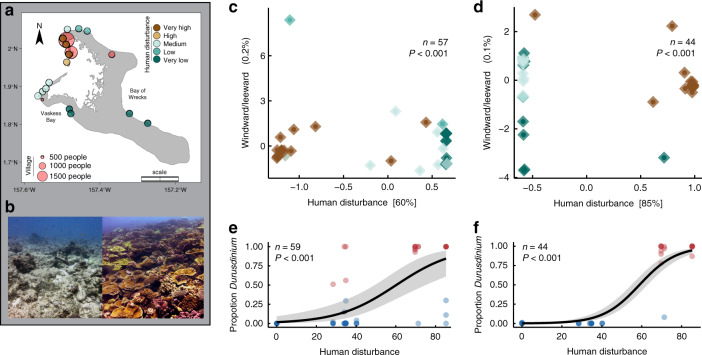Fig. 1. Chronic local human disturbance and coral symbiont assemblages.
a Reef sites on Kiritimati (central equatorial Pacific) with tagged coral colonies, categorized by intensity of human disturbance. Entire scale bar shows 10 km. b Examples of Kiritimati’s reefs at very high (left) and very low (right) disturbance sites, prior to the 2015–2016 El Niño. For Platygyra ryukyuensis (c, e) and Favites pentagona (d, f): c, d Constrained ordination of amplicon sequence variants (ASVs) showing significant effects of human disturbance on symbiont communities, prior to the heat stress. Colors correspond to a. Values in square brackets show variation explained by each constrained axis; exposure (windward vs. leeward side of atoll) had no effect. e, f Logistic regressions showing the impact of human disturbance on the prevalence of Durusdinium. Blue dots indicate Cladocopium-dominated colonies, while red dots indicate Durusdinium-dominated colonies. Differences in sample size (c, e) reflect different sequencing depth thresholds used for analyses. Grey shading in e, f shows 95% CI. Sample sizes indicate individual coral colonies sampled before the heatwave.

